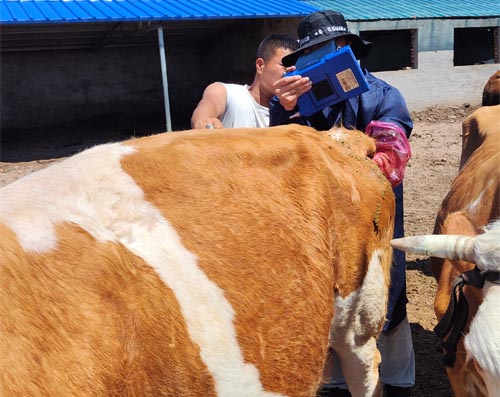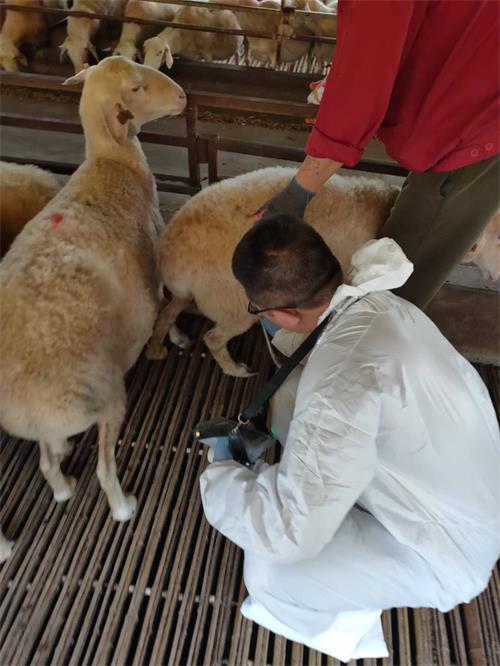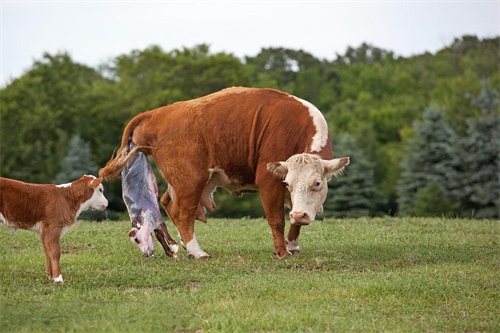Veterinary ultrasound helps diagnose and monitor animal health accurately
Veterinary ultrasound has become an indispensable tool for diagnosing and monitoring a wide range of health conditions in livestock, equine, and companion animals. With its real-time imaging capability, portability, and non-invasive nature, ultrasound allows veterinarians and farm managers to make faster and more informed decisions.
In this article, we’ll explore the main purposes of veterinary ultrasound, especially in the context of farm animal management, reproductive planning, and early disease detection. These insights are based on studies and practical recommendations from leading veterinary institutions and international livestock health publications.
Understanding veterinary ultrasound’s role in animal care
Ultrasound is a diagnostic imaging technique that uses high-frequency sound waves to visualize internal organs and structures in real time. It is widely used in human medicine—and its applications in veterinary care are growing rapidly.
Unlike X-rays, ultrasound does not use ionizing radiation and can be safely used repeatedly on animals without health risks. This makes it ideal for monitoring ongoing conditions, performing follow-ups, and examining pregnant animals during multiple stages of gestation.
Real-time reproductive management
One of the primary uses of veterinary ultrasound on farms is reproductive assessment. Ultrasound allows for the visualization of ovaries, follicles, the uterus, and fetal development. This enables:
-
Early pregnancy diagnosis (as early as day 28 in cows)
-
Determination of fetal viability
-
Detection of twin pregnancies
-
Monitoring embryo or fetal development
-
Estimating gestational age and calving date
-
Identification of reproductive pathologies (e.g. cystic ovaries, uterine infections)
By enabling early detection of pregnancy, farmers can adjust breeding programs, optimize calving intervals, and improve overall herd fertility rates. According to the University of Wisconsin-Madison’s School of Veterinary Medicine, integrating ultrasound into breeding management has shown to improve conception rates and reduce open days in dairy cows by up to 25% [1].

Disease detection and monitoring
Ultrasound can detect a wide range of internal issues before clinical signs appear. Common conditions evaluated by ultrasound include:
-
Abdominal distension and fluid accumulation
-
Liver and kidney abnormalities
-
Lung consolidation (in calves with pneumonia)
-
Tumors and cysts
-
Gastrointestinal motility problems
In cases of down cows or colic symptoms, ultrasound helps rapidly determine the cause, such as a displaced abomasum, uterine torsion, or intestinal blockage. This allows for faster decision-making between medical management and surgical intervention.
Additionally, ultrasound is critical in diagnosing respiratory diseases in young livestock, especially pneumonia, which is a leading cause of mortality in calves. A study by the Ontario Veterinary College found that lung ultrasound had a sensitivity of over 90% for early pneumonia diagnosis in dairy calves[2].
Improved animal welfare and treatment outcomes
Since ultrasound is non-invasive and does not require anesthesia, it minimizes stress on animals. Most procedures can be performed in standing or restrained animals without sedation. This is especially important for food-producing animals, where minimizing stress directly impacts meat and milk production.
Better diagnostic accuracy means fewer unnecessary treatments and more targeted use of medications, reducing the risk of antibiotic resistance and drug residues in animal products. It also supports quicker recovery when health problems are detected early.

Applications in herd health and herd management
Veterinary ultrasound also supports broader herd health initiatives. For example:
-
Monitoring uterine involution post-calving
-
Tracking follicular wave development during synchronization protocols
-
Diagnosing abscesses or soft tissue injuries in working animals like oxen or horses
-
Screening for subclinical mastitis or udder abnormalities
-
Evaluating umbilical structures in neonatal calves
In beef herds, ultrasound is widely used for body condition scoring and estimating carcass traits such as backfat thickness and muscle area. These evaluations help producers make data-driven culling and breeding decisions.
Portable ultrasound devices now allow veterinarians and technicians to conduct onsite examinations in barns or fields, reducing the need to transport animals and improving efficiency.
Training and technology adoption
More veterinary schools and livestock health programs are training students and producers in the use of ultrasound. With the development of rugged, wireless, and smartphone-compatible devices, ultrasound technology has become more accessible and affordable even for small and medium-sized farms.
According to the American Association of Bovine Practitioners (AABP), the integration of ultrasound into herd health protocols can yield a return on investment within the first two years by improving reproductive performance and reducing losses from undiagnosed illnesses[3].
Conclusion
Veterinary ultrasound is more than a diagnostic tool—it is a cornerstone of preventive animal health management. Its applications in reproduction, internal disease detection, and herd welfare continue to grow with advancing technology. For livestock producers, integrating ultrasound into their management protocols means healthier animals, more predictable reproduction outcomes, and improved farm productivity.
References
-
University of Wisconsin-Madison School of Veterinary Medicine: Reproductive Ultrasound in Dairy Cows
https://vetmed.wisc.edu -
Ontario Veterinary College – Guelph: Lung Ultrasound in Calves
https://ovc.uoguelph.ca -
American Association of Bovine Practitioners (AABP): On-farm Use of Ultrasound
https://aabp.org




